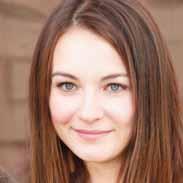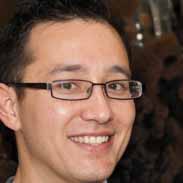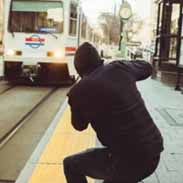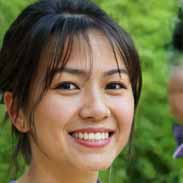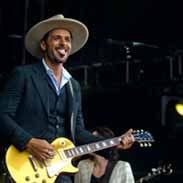Samuel Taylor Coleridge Flashcards, test questions and answers
Discover flashcards, test exam answers, and assignments to help you learn more about Samuel Taylor Coleridge and other subjects. Don’t miss the chance to use them for more effective college education. Use our database of questions and answers on Samuel Taylor Coleridge and get quick solutions for your test.
What is Samuel Taylor Coleridge?
Samuel Taylor Coleridge was an English poet and literary critic in the late eighteenth and early nineteenth centuries. Born on October 21st, 1772 in Ottery St Mary, Devon, Coleridge was a major figure of Romanticism and one of the leading figures of what is known as the Lake Poets. He is best known for his works such as The Rime of the Ancient Mariner and Kubla Khan, both considered to be some of the greatest poems ever written in English literature.Coleridge’s writing explored a variety of topics ranging from philosophy to religion to nature. His philosophical thought was heavily influenced by Immanuel Kant’s philosophy and he believed that each individual should have an active role in shaping their own life. He also wrote extensively about nature, which he viewed as a source of spiritual healing for humanity. In terms of religion, Coleridge embraced what is now referred to as Christian Pantheism – a belief that God exists within all things, including nature itself. This belief can be seen in many of his works such as Frost at Midnight where he writes about how being surrounded by nature brings him closer to God.Coleridge had a profound influence on other writers such as William Wordsworth, who admired his work deeply. His work has also been praised by scholars throughout history for its depth and complexity. Samuel Taylor Coleridge remains one of the most influential poets in English literature and his legacy continues to live on today.

